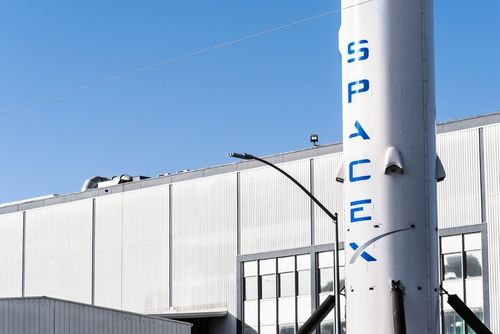Apple reports $94.04 billion in Q2 revenue, its biggest quarterly jump since 2021

Apple just reported the biggest jump in its quarterly revenue in nearly four years, beating every forecast Wall Street had for its third fiscal quarter.
According to the earnings report, the company posted $94.04 billion in revenue for the three-month period ending June 28, up 10% from the same quarter last year. The numbers weren’t close. Analysts had expected $89.53 billion, but Apple delivered nearly $4.5 billion more than that.
The company also booked $1.57 in earnings per share, well above the $1.43 analysts expected, bringing in $24.43 billion in profit, compared to $21.45 billion a year ago.
CEO Tim Cook said the company’s performance was boosted partly by people rushing to buy Apple products ahead of possible tariff hikes. “About 1% of the 10-point revenue growth was from customers looking to stay ahead of tariffs,” Tim told CNBC’s Steve Kovach.
iPhone drives revenue while Mac leads in growth
The iPhone once again led the charge, pulling in $44.58 billion in revenue, which is 13% more than the same quarter last year and beat the $40.22 billion estimate by a wide margin. Tim said sales were stronger this time around because the iPhone 16 was outperforming the iPhone 15, which had been on sale during the same period last year. He added that the iPhone 16 saw “strong double-digit” sales growth over its predecessor, especially from current users upgrading.
While the iPhone brought in the most revenue, the Mac lineup grew faster than any other unit. Apple’s Mac business grew nearly 15% year-over-year, reaching $8.05 billion, topping the $7.26 billion forecast. That spike came after Apple launched new MacBook Air laptops—its top-selling Mac—right before the quarter began.
Apple’s services division, which includes iCloud, the App Store, AppleCare, and licensing deals like the one with Google, also grew. Services brought in $27.42 billion, a 13% increase over the previous year, beating the $26.80 billion expectation. Tim said iCloud subscriptions saw “meaningful” growth, and App Store revenue climbed in double digits.
iPad and wearables report weak numbers
It wasn’t all up. The iPad business fell 8%, pulling in $6.58 billion, missing the $7.24 billion estimate. Apple had released a budget iPad in March, but it didn’t boost the numbers enough.
Also down was the “Other Products” unit, which includes Apple Watch, AirPods, and other accessories. That segment dropped 8.64% to $7.4 billion, under the $7.82 billion forecast.
Still, Tim emphasized that even with those two weak spots, the overall numbers came in strong because of demand across the iPhone, Mac, and Services units.
The company’s gross margin came in at 46.5%, beating the 45.9% estimate. Tim also repeated that part of the boost came from customers trying to get ahead of tariff-related price increases.
Apple had previously estimated $900 million in extra costs tied to the Trump administration’s tariffs in the quarter. Tim didn’t give a new number but made it clear that the tariffs had already started affecting buyer behavior.
China sees a rebound as Apple increases its AI push
Apple also reported that revenue in Greater China, which includes Hong Kong and Taiwan, grew 4% to $15.37 billion. That growth came after two straight quarters of decline—down 2% in Q2 and down 11% in Q1. Tim said local government subsidies helped boost sales in the region. “The subsidy does apply to some of our products, and it clearly helps,” he said on the earnings call.
On the tech front, Apple’s Worldwide Developers Conference in June showcased new software for its hardware lines, but the company’s AI announcements left investors unimpressed. Still, Tim said Apple was putting heavy resources into artificial intelligence. “We are significantly growing our investments,” he said, calling AI “one of the most profound technologies of our lifetime.”
Tim also said Apple had acquired around seven companies in 2025 to support its AI strategy, though none were major deals. “We’re open to M&A that accelerates our roadmap,” he said.
Your crypto news deserves attention - KEY Difference Wire puts you on 250 top sites







